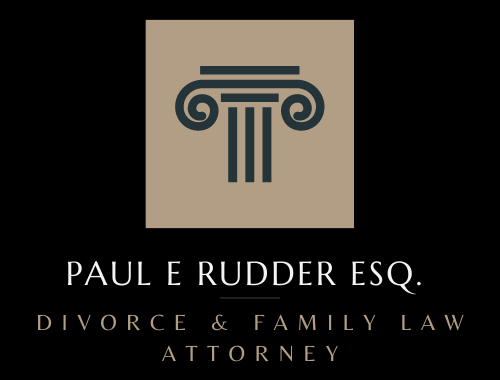When the topic of obtaining a child support order is brought up, it is important to get a few key details out of the way early on. First, and most importantly, the parent who has custody of the child, and moreover the parent the child spends the most time with (sometimes referred to as having physical custody), is able to get child support for the child.
The most common scenario for this is when the two parents do not live together, and one parent has legal custody of the child. In this scenario, the custodial parent is the one receiving the child support from the non-custodial parent. Non-parental guardians (caretakers of the child that are not related to the child via paternity) are able to get child support from either one or both of the parents.
Another, less common situation is when the two parents did not end up getting married. In this case, the first step is to complete an Acknowledgment of Paternity or an Order of Filiation to establish paternity. The Order of Filiation is an order by the court that definitively names the father of a child. This sometimes includes a DNA test if the mother and proposed father cannot agree that he is the father, but usually there is no request for one. By being named the father, this parent now has the right to custody of the child as well as visitation rights, but also includes the potential responsibility of paying child support.
The Acknowledgment of Paternity involves the scenario in which the mother gives birth to the child out of wedlock. In this scenario, the child has no legal father, which means that the biological father has no rights or responsibilities to the child. The acknowledgment is therefore often done at the hospital following the birth of the child, and it names the father of the child and, like the Order of Filiation, gives him right to custody of the child and visitation rights, as well as bestowing upon him the responsibilities of child support.
To begin the process, the custodial parent must file a child support petition in family court. It is important to note that in almost all cases, the family court must be in the county or city in which the child resides. The non-custodial parent will be served a summons, which in this case will include the petition, as well as a financial disclosure form, which is included because that is a factor the courts take into consideration when deciding on the amount of support ordered.
If you have questions or need help in getting child support, contact Paul E. Rudder, Esq. today. Call 212-826-9900 to set up a consultation.
Related Articles:
If Both Parents Have Joint Custody Of The Child, Who Pays For Child Support?
How To Collect Past Due Child Support In New York
Should You Pay Child Support Through The Special Collection Unit (SCU)?


